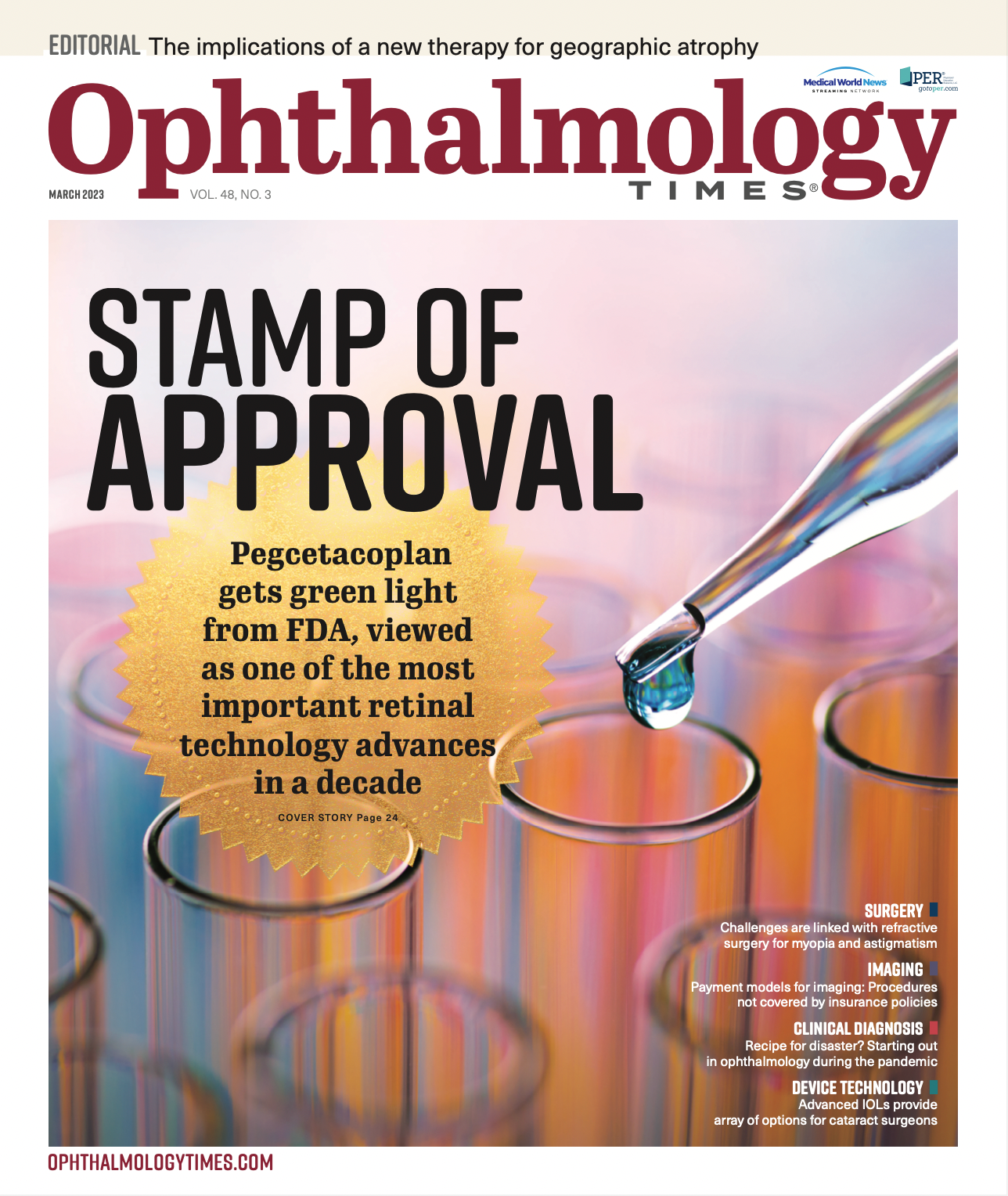Publication
Article
Digital Edition
Driving with glaucoma: Steering clear of vision issues
Author(s):
Ophthalmologists have discussions about driving with glaucoma patients.
The incidence rates of accidents are much higher in patients with glaucoma, and the rates increase even more as the severity of the disease increases. (Image Credit: Adobe Stock/Lightfield Studios)

Reviewed by Sarwat Salim, MD, FACS
Driving is a primary activity for most individuals, and the need to stop driving can affect individuals psychologically. Older patients who stop driving have decreased quality of life and high rates of depression and are 5 times more likely to enter a long-term care facility.
However, the incidence rates of accidents are much higher in patients with glaucoma, and the rates increase even more as the severity of the disease increases. Therefore, ophthalmologists should engage in serious discussions about driving with their patients with glaucoma.
Driving performance in patients with glaucoma is affected by deficits observed in lane maintenance, scanning, and speed, according to Sarwat Salim, MD, FACS, a professor of ophthalmology and the director of glaucoma services at Tufts University School of Medicine in Boston, Massachusetts.
Salim said that studies performed using driving simulators report that peripheral visual loss less than 100° on the horizontal visual field may increase accident risk.
Patients with glaucoma, especially those with both eyes affected, perceive more difficulty driving compared with patients who do not have glaucoma, Salim said. In some cases, however, she noted that this is a misperception that results in their stopping driving prematurely when they could be safe to drive. Patients exhibit a range of scenarios ANd may not discuss driving issues with their ophthalmologists. Some patients with intact central vision despite peripheral loss may not realize that they could be at risk, some fear loss of their license, and some continue to drive despite poor vision.
Ophthalmic intervention
Salim said she believes that ophthalmologists should do a better job with this patient population by focusing more on function rather than just on the objective clinical measures. Physicians should continue to have conversations and assessments of patients before the decision is reached to stop driving because this may increase adherence to therapy for some patients, she said.
There is no consensus in the US regarding rules for driving with glaucoma. The required visual acuity measurements can range from 20/40 to 20/100 and the visual fields from 55° to 150°. Some states require unsafe drivers to be reported to the state; others do not. Likewise, some states protect physician confidentiality and immunity and others do not.
In addition, state regulations can be un- clear regarding the type of visual fields and the stimulus size. The binocular Esterman visual field test is used most often to assess driving performance. he horizontal span is approximately 160°. State requirements are available online at the American Medical Association and American Academy of Ophthalmology websites.
Salim advises physicians to be proactive and inquire about whether patients are still driving, recognize whether patients are fit to drive, be aware of their state’s requirements to drive, guide patients about their fitness to drive, and refer patients to vision rehabilitation as needed. She noted that the American Academy of Ophthalmology Preferred Practice Pattern guidelines state that patients with visual acuity of less than 20/40, visual field loss, or reduced contrast sensitivity should be referred for a low-vision evaluation.
“The prevalence of low vision, last estimated in 2010, found that 3 million individuals [older than aged] 40 years in the US had low vision,” Salim said.
Specific groups are affected more by low vision. The highest prevalence rates are seen in African Americans, followed by Hispanics. These patients are disproportionately affected by glaucoma.
However, only 10% of patients with low vision are referred for visual rehabilitation, and of these, only 14% have a diagnosis of glaucoma, which Salim described as disappointing.
Another challenge for physicians is communicating the news to patients that they are no longer safe to drive. These scenarios, which can be emotional and time-consuming, are best carried out in the presence of family members. Patient and public safety should be emphasized, Salim advised, adding that patients can be referred to social workers to discuss alternative transportation options.
There should also be a discussion with patients regarding the difference between legality and safety.
“While some patients may be legally eligible to drive, they may not be safe to do so because of neurocognitive issues or other comorbidities associated with their sensory or motor abilities,” Salim said.
For those patients, coordination with their primary care doctor is also important.
Sarwat Salim, MD, FACS
E: ssalim@tuftsmedicalcenter.org
Salim has no financial interest in this subject matter.

Newsletter
Don’t miss out—get Ophthalmology Times updates on the latest clinical advancements and expert interviews, straight to your inbox.




